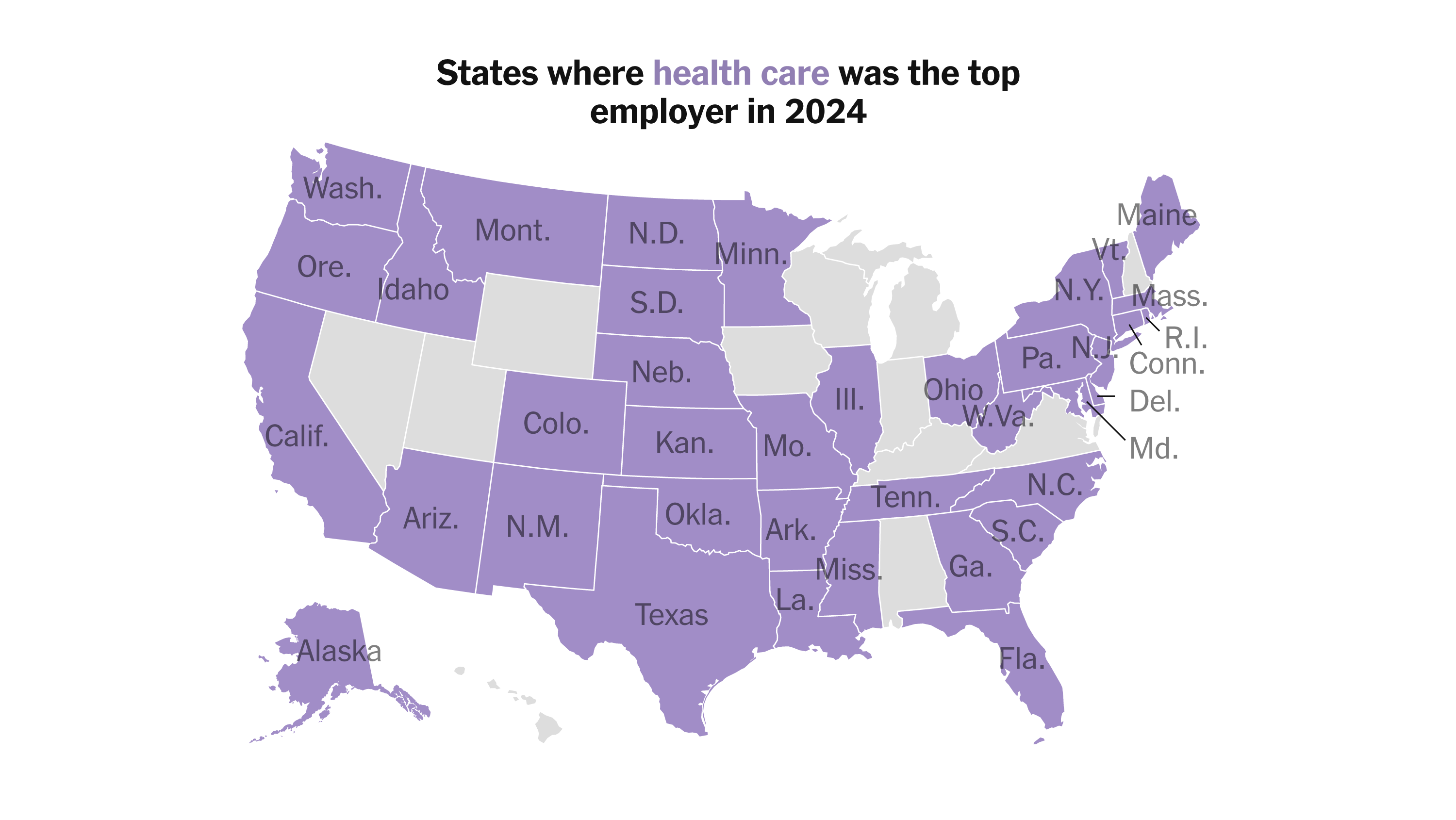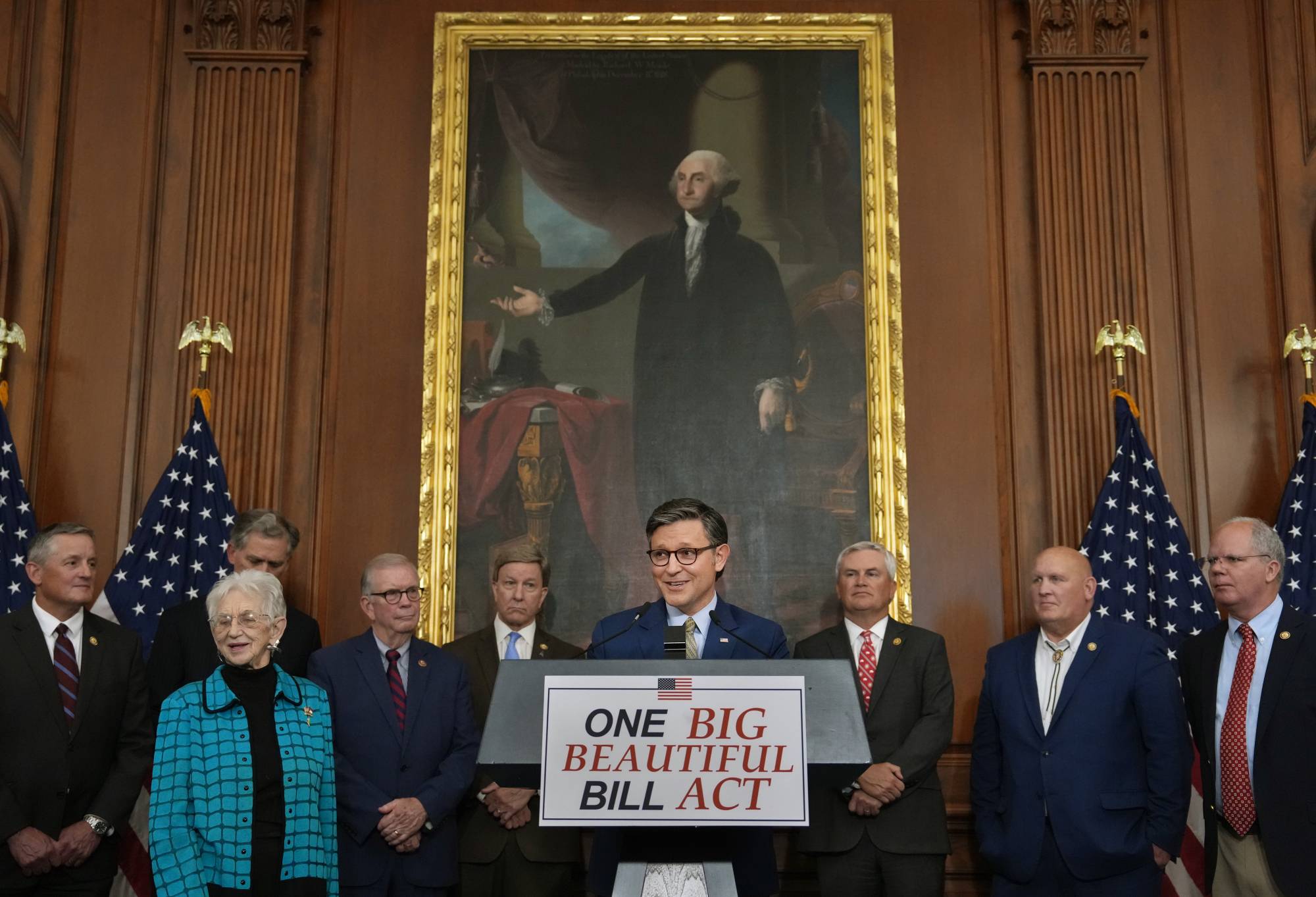
Healthcare has officially become the largest employment sector in the United States, surpassing industries such as retail and manufacturing. This transformation reflects a broader demographic and economic shift driven by an aging population, increased demand for medical services, and expanded access to healthcare coverage.
According to recent data, millions of Americans now work in hospitals, outpatient care centers, nursing homes, and other health-related services. The sector includes a wide range of professions—from physicians and nurses to administrative staff and home health aides. This surge has been especially pronounced following the COVID-19 pandemic, which highlighted the critical role of healthcare workers and led to increased investment in public health infrastructure.
However, while healthcare remains a dominant force in employment, analysts are observing signs that the sector’s rapid growth may be tapering. Contributing factors include changing reimbursement models, cost-containment pressures, and staffing shortages—particularly among nurses and support staff. Additionally, technological innovations such as telemedicine and automation may be altering traditional hiring patterns within the industry.
Economists suggest that while the demand for healthcare services continues to rise, the delivery models and employment landscape are undergoing a period of transition. As a result, the sector may experience more moderate growth in coming years compared to its expansive climb over the last two decades.
The evolving dynamics of healthcare employment will likely influence policy discussions, labor markets, and economic planning, especially as the nation grapples with ensuring both access to care and a sustainable workforce.
Source: https:// – Courtesy of the original publisher.








